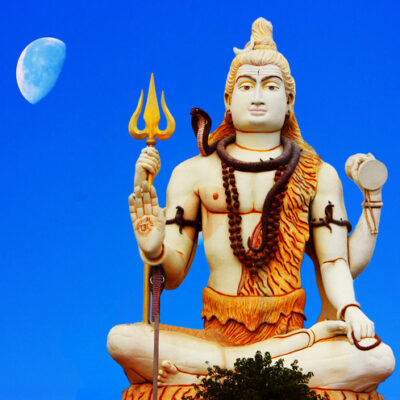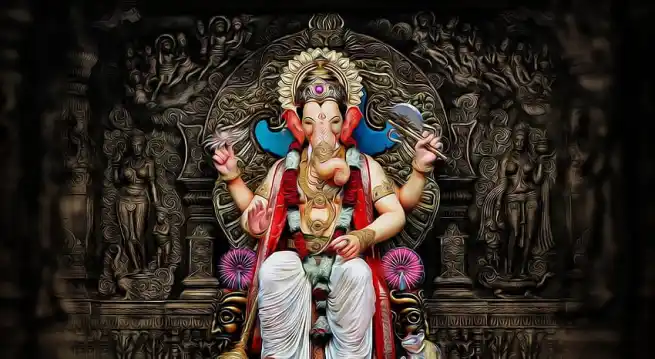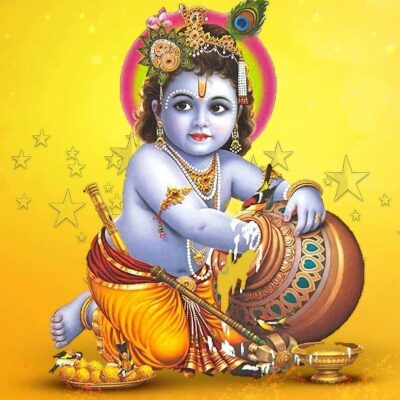Korattur Seeyathamman Temple, Chennai

Address
Sri Seeyathamman Temple,
Korattur,
Chennai – 600076.
Amman
Seeyathamman
Introduction
The Seeyathamman Temple in Korattur, Chennai, is an ancient shrine believed to be over a thousand years old, situated on the banks of the Korattur Lake. Archaeologists attribute its construction to the Pallava period, during the reigns of Kings Rajasimman and Nandivarman. Seeyathamman is revered as the family deity by the people of seven villages between Korattur and Chengunram.
The temple is accessible via Korattur railway station or Agrakaram bus stand. Visitors using private transport can turn left after the railway overbridge near the Varadaraja Perumal Temple and proceed down the nearby street to reach the Seeyathamman Temple by the lake.
Puranic Significance
This temple is dedicated to the Saptamatrikas—the seven divine mother goddesses—and the worship of Saptamatrikas was particularly prominent during the 8th to 9th century Pallava period. The presiding deity, Amman, has been known by various names such as Selliamman, Sei Katha Amman, and Seeyathamman, reflecting different aspects of her divine grace. The Sthala Purana (temple legend) is closely associated with the reign of Rajasimha Pallavan.
According to the Sthala Purana, during the rule of Narasimha Pallavan, the Chalukya King Pulikesi declared war against the Pallava king. The battle raged on for several days near this very location. At one point, Narasimha Pallava lost hope and fell asleep in despair.
In his dream, he saw a vision: Maharishis were performing homams and penance in this place, but they were being disturbed by Asuras (demons). Seeking protection, the Munivars prayed to Lord Shiva, who in turn directed Ma Parvati to intervene. Responding to their plea, Ma Parvati came to this place and performed severe penance to Lord Shiva, continuously chanting “Om Namah Shivaya.”
Over time, an anthill formed over her, but her chanting never ceased. Disturbed by the power of the mantra, the Asuras destroyed the anthill, which enraged Ma Parvati. Emerging from the anthill with divine fury, she destroyed all the Asuras. Their leader, a demoness named Araki, who was pregnant at the time, came to fight Ma Parvati but was also defeated. Ma Parvati tore open Araki’s womb and took her child (Sei), wearing the baby as an ornament in her ear (Kundala). From this act, she came to be worshipped as Sei Katha Amman, the Mother who saved the child.
Awakening from his dream, King Narasimha Pallava prayed fervently to Sei Katha Amman, considering himself one of her children. With her divine blessings, he went on to defeat King Pulikesi, and as an act of gratitude, he constructed this temple in her honor.
It is also believed that when Seeyathamman was in her ferocious form, Lord Vinayagar (Ganesha) appeared before her in the form of an elephant to calm her down. His presence pacified the goddess, bringing her into a state of peace and serenity, and she now blesses her devotees in this calm form.
Furthermore, the revered Tamil Saivite saint Thirugnanasambandar is said to have visited this place and worshipped Seeyathamman. The markings left by his Pathikams (devotional hymns) are said to have led to the name Korattur. Due to the presence of sages and scholars (Munivars and Maharishis), this sacred site was also referred to as an Agraharam.



Century/Period
1000 Years Old
Nearest Bus Station
Agrakaram
Nearest Railway Station
Korattur
Nearest Airport
Chennai






